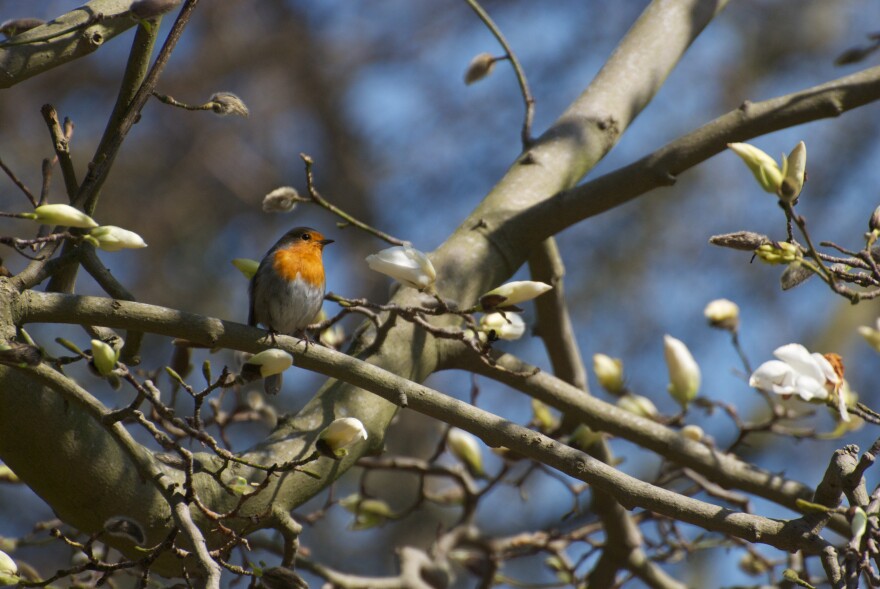Plant magnolia in a protected location out of the wind, and mulch with wood chips to slow the flower buds opening in spring.
Ahh sweet magnolias with memories of Grateful Dead concerts and warm, spring days.
While this prehistoric tree looks like something from Jurassic Park, there are deciduous and evergreen varieties that grow here. Some are as diminutive as eight feet tall, but most grow in the twenty foot range. Plus, the flowers can be loaded with fragrance and the seedpods are attractive, too.
The key with growing magnolias is variety selection and placement. There are some evergreen types that will survive our harsh winters.
The white flowered, Sweet Bay magnolia is hardy to zone 5 and Little Gem with white, fragrant flowers on twenty foot tall trees, can survive in protected spots along the coast. They may lose some leaves in harsh winters, but the tree should survive.
For colder spots, stick with the deciduous magnolias such as Centennial. It can reach up to twenty feet tall with light pink flowers.
Daybreak is a bushy, pink colored variety that blooms in May, after the threat of frost has passed. You can even try the yellow flowered varieties, such as Butterflies.

Once you have the variety, plant your tree on fertile, well-drained soil in full sun. Plant in a protected location out of the wind, and mulch with wood chips to slow the flower buds opening in spring. Late spring frosts and high winds can quickly ruin the spring flower show.
Watch for sooty mold and magnolia scale. Sooty mold is a fungus that forms when aphids are feeding. Spray insecticidal soap to kill the aphids. Magnolia scale looks like small bumps on the bark. Spray horticultural oil to stop their feeding.
Next week on the Connecticut Garden Journal, I'll be talking about coral bells. Until then I'll be seeing you in the garden.







